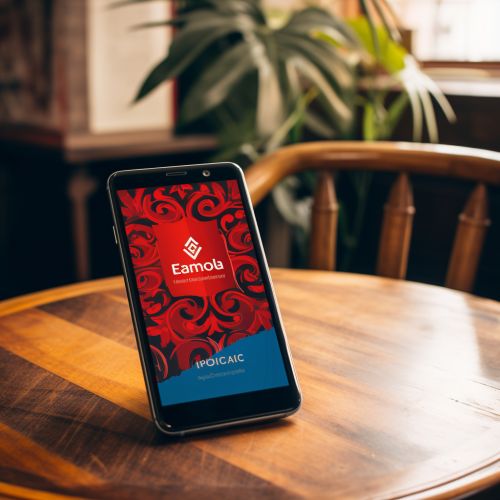Using AI in Spanish
Introduction
Artificial Intelligence (AI) has been increasingly integrated into various fields, including the realm of language learning and teaching. One of the languages that has greatly benefited from this technological advancement is Spanish. The use of AI in Spanish involves the application of machine learning algorithms and natural language processing techniques to facilitate the learning, teaching, and translation of the Spanish languageAI, ML, NLP, Spanish.


AI in Spanish Language Learning
AI has revolutionized the way Spanish is taught and learned. It offers personalized learning experiences, instant feedback, and interactive learning environments. AI-powered language learning platforms like Duolingo and Rosetta Stone have made Spanish learning more accessible and efficientDuolingo, Rosetta Stone.


Personalized Learning Experiences
AI algorithms can adapt to the learner's pace, style, and level of understanding. This personalized approach to learning Spanish can significantly improve the learner's engagement and retention ratePersonalized Learning.
Instant Feedback
AI can provide instant feedback on pronunciation, grammar, and vocabulary usage. This immediate response allows learners to correct their mistakes in real-time, enhancing their learning efficiencyFeedback.
Interactive Learning Environments
AI can create interactive learning environments through the use of chatbots and virtual reality. These technologies provide immersive experiences that can enhance the learner's comprehension and fluency in SpanishChatbot, VR.


AI in Spanish Language Teaching
AI also plays a significant role in the teaching of Spanish. It assists teachers in creating lesson plans, grading assignments, and tracking student progress. Furthermore, AI can help identify areas where students are struggling, allowing teachers to provide targeted assistanceEdTech.


Lesson Planning
AI can analyze a vast amount of educational data to create effective lesson plans. These plans can be tailored to the specific needs and abilities of each student, making Spanish teaching more effectiveLesson Plan.
Grading and Assessment
AI can automate the grading of assignments and assessments. This not only saves teachers time but also ensures a fair and objective evaluation of the students' Spanish skillsGrading.
Student Progress Tracking
AI can track the progress of students over time. This data can be used to identify areas where students are struggling, allowing teachers to provide targeted assistance and improve their Spanish teaching strategiesTracking.


AI in Spanish Translation
AI has significantly improved the accuracy and efficiency of Spanish translation. Machine translation systems like Google Translate and Microsoft Translator use AI to provide real-time translation services. These systems can translate text, speech, and even images from and into SpanishMachine Translation, Google Translate, Microsoft Translator.


Text Translation
AI can translate written text from and into Spanish. This includes documents, websites, and social media posts. The translation is done in real-time, making it a convenient tool for both personal and professional useText Translation.
Speech Translation
AI can also translate spoken language. This feature is particularly useful in real-time conversations, meetings, and conferences where participants speak different languagesSpeech Translation.
Image Translation
AI can translate text within images. This is particularly useful when traveling to Spanish-speaking countries or when dealing with Spanish documents that contain images with embedded textImage Translation.
Conclusion
The use of AI in Spanish has transformed the way the language is learned, taught, and translated. It has made Spanish more accessible and enjoyable to learn, more efficient to teach, and easier to translate. As AI continues to evolve, its application in Spanish is expected to become even more sophisticated and effective.
